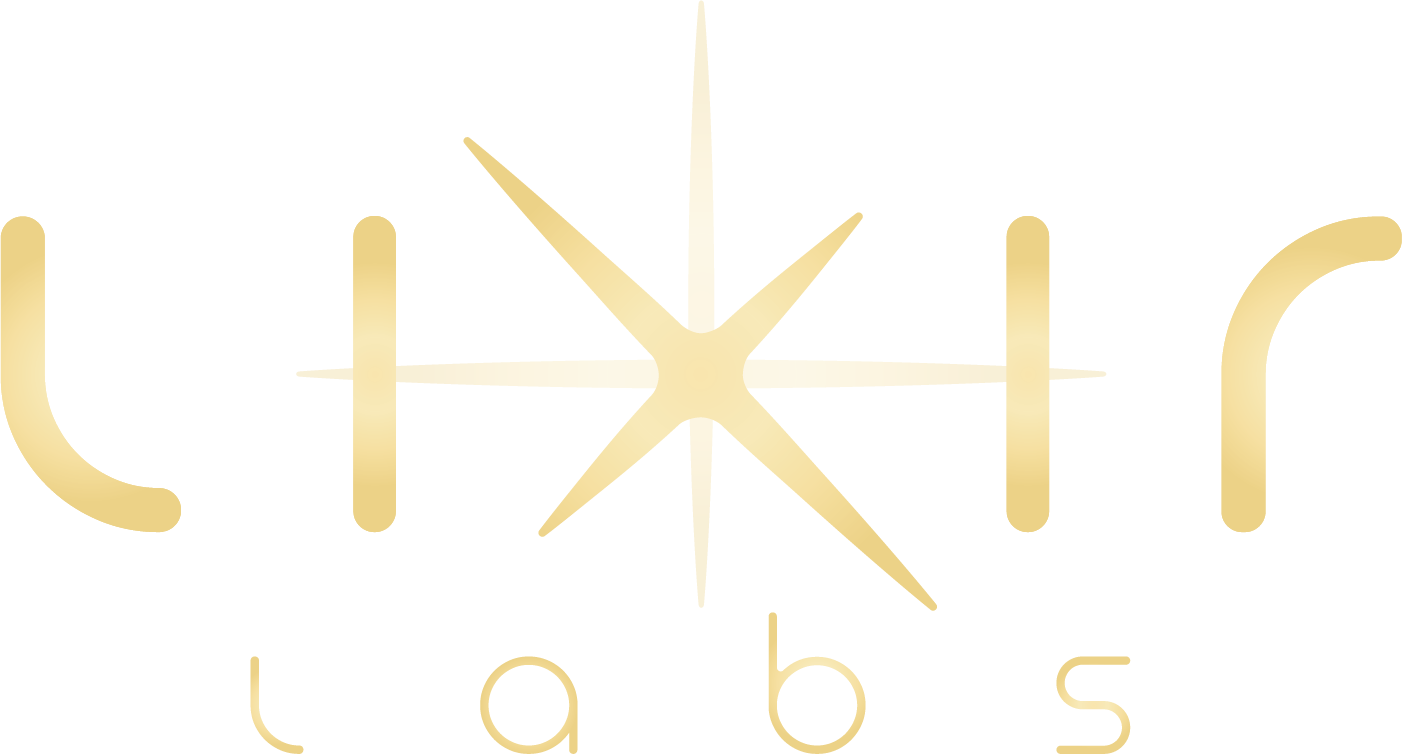Entrainment: The Power of Rhythmic Breathing
At the center of rhythmic breathing, there's a secret power to boost HRV (heart rate variability), essentially our body's way of scoring its ability to switch gears from "freak out" mode to "chill out" mode. With a bit of controlled, rhythmic breathing, we're like conductors of our own inner symphony, nudging our HRV towards a sweet spot where stress takes a backseat and relaxation gets the front row.
Erratic Breathing vs. Rhythmic Breathing
Erratic Breathing
When stress hits, our breathing patterns go haywire—quick, shallow breaths that set off our body's alarms, ramping up heart rate and stress hormones, and tightening the grip of tension both physically and mentally.Rhythmic Breathing
Enter rhythmic breathing: the art of deliberately guiding our breaths into a calm, even tempo. This simple switch signals our body to hit the relaxation button, dialing up the parasympathetic nervous system and restoring balance.
Entrainment: Synchronizing Body and Mind
Through “entrainment,” rhythmic breathing synchronizes our physiological systems, such as heart rate, blood pressure, and brain wave patterns, into a smooth, unified state, boosting our ability to handle stress, brightening our mood, and sharpening our mind. It's like tuning an instrument to play in perfect harmony, enhancing our overall well-being.
Graphical description of how the events used for the computation of entrainment were identified from the breathing volume signal, the locomotor signal, and the music beat signal.
A study published in Frontiers In Neuroscience demonstrates the impact of heart rate variability biofeedback (HRVB) and the breath on promoting this synchronization. Participants engaged in this study experienced significant improvements in HRV parameters, indicating a harmonized autonomic function that supports the entrainment process.
Separate research underscores the power of HRV biofeedback and rhythmic breathing in not just physical, but also cognitive and emotional health. By modulating heart rhythms through these practices, there's a positive impact on markers tied to cognitive function, illustrating the broad-reaching benefits of maintaining a rhythmic breath and enhanced HRV.
Regulates Heart Rate: Think of rhythmic breathing as a chill pill for your heart, slowing things down and giving your ticker a break from the daily hustle..
Balances the Autonomic Nervous System: It nudges your inner systems towards the "rest and digest" mode, putting stress and anxiety in the backseat.
Improves HRV (Heart Rate Variability): Higher HRV is like being the cool, resilient kid on the cardiovascular block. Rhythmic breathing gets you into the cool club by jazzing up the heart's rhythm.
Aligns Body and Mind: It's like having a DJ inside you, aligning your physical and mental beats to drop the perfect inner peace track.
These discoveries highlight how rhythmic breathing isn't just a breath of fresh air; it's a game-changer. By practicing rhythmic breathing, we're essentially guiding ourselves toward a zone of inner harmony and peak wellness. It turns out, our breath isn't just for getting by; it's a magic wand for personal transformation, showing us the incredible things we can achieve with just a simple inhale and exhale.
Dive Into the Rhythm
Rhythmic breathing is a journey back to our natural state of balance and harmony. By embracing this simple yet powerful practice, we can transform the erratic rhythms of stress and anxiety into a serene and steady flow, improving our health and well-being one breath at a time.
How to Practice Rhythmic Breathing
Getting rhythmic breathing into your life is easy and doesn't need any fancy equipment. Here’s a simple guide:
Find Your Space: Pick a spot where you won’t be disturbed.
Catch the Rhythm: Start with six breaths a minute, tweaking to find what feels right. That’s about 6 seconds in and 6 seconds out. Sync up with a stopwatch or for a deeper, smoother dive, login to your Member Portal and drop in to in a Flow or Journey.
Stay Consistent: Carve out regular time for this practice in your daily and weekly routine. Over time, you’ll develop a calm cool that sets you apart.
Quality Matters: Remember, it's all about breathing well. Quality trumps quantity every time. As we like to say “breathe your best breath and your breath will breathe you.”
And with that, we invite you to breathe well and step confidently into the rhythm of life. May your journey with rhythmic breathing lead to new possibilities and pathways to peace, vitality, and a deeper connection with yourself and your surroundings
Here's to breathing better, living fully, and finding harmony in every moment.
References
*Frontiers In Neuroscience: The Influence of Heart Rate Variability Biofeedback on Cardiac Regulation and Functional Brain Connectivity
*Science Direct: Heart rate variability (HRV): From brain death to resonance breathing at 6 breaths per minute
*Nature Communications: Breathing coordinates cortico-hippocampal dynamics in mice during offline states

